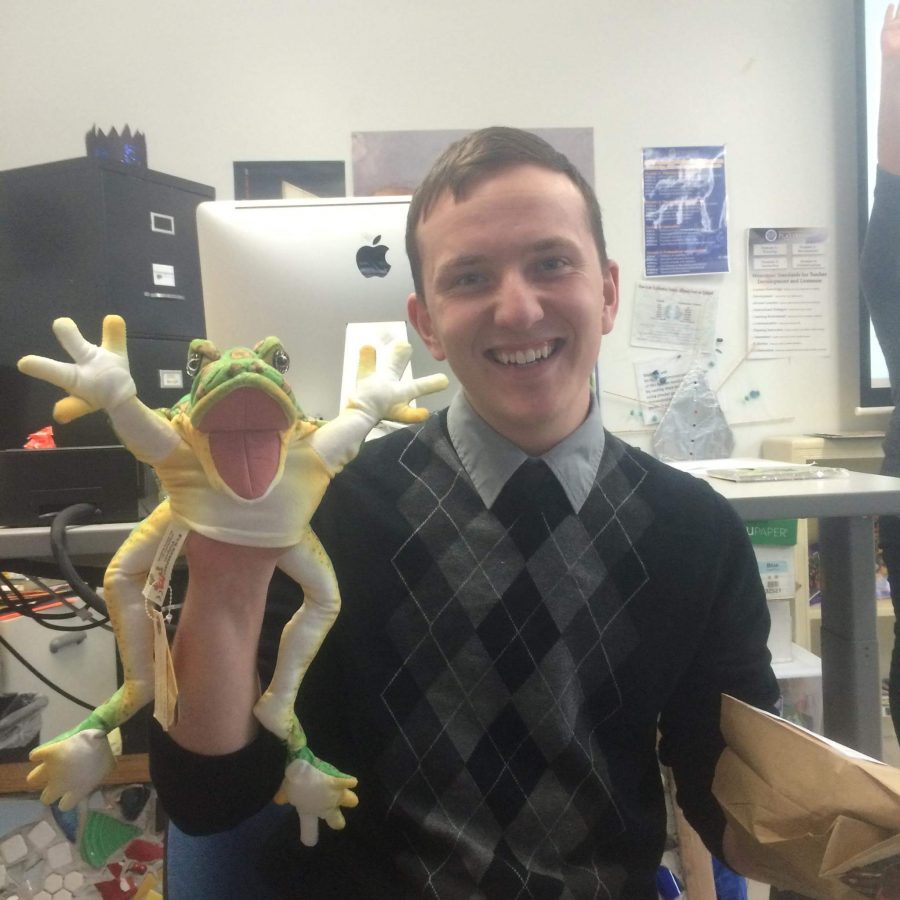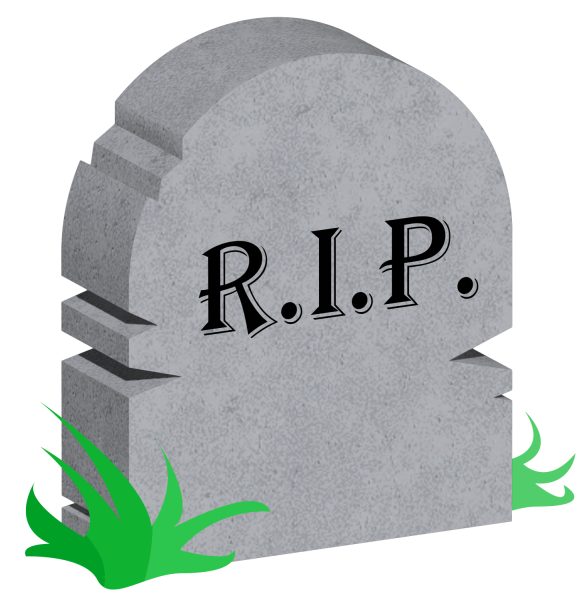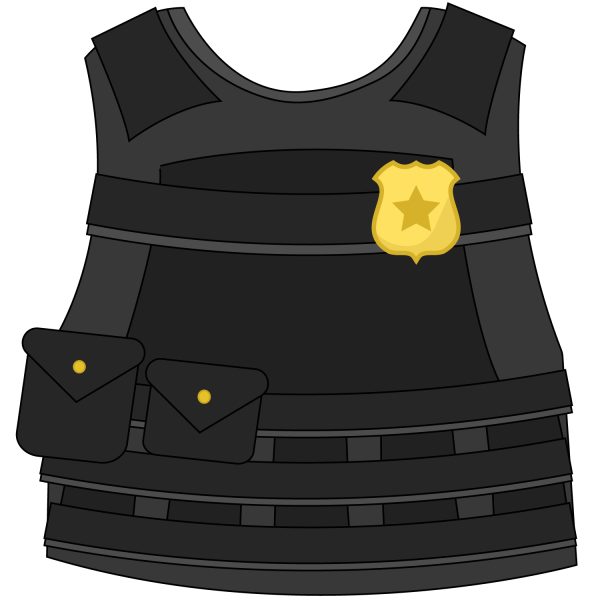Breaking the stereotype: men in education
Senior elementary education major Peter Wilkinson shows off a hand puppet he uses for one of his teaching courses.
There are several gender disparities in the work force. Less women are CEOs, and tend to earn only about 75 percent of what their male counterparts make. In fact, the 2014 World Economic Forum reported that it would be 118 years before women actually achieved economic equality in the workplace.
One story rarely heard involves men in education. Males have been slowly moving away from teaching and creating one of the greatest gender inconsistencies in the American workforce. One theory on this shift involves the stereotypes surrounding males in what would be considered “nurturing” fields. Laverne Cox wrote a 2008 article for ABC that detailed a list of reasons why men are afraid to enter the field. “[O]verzealous suspicions of sexual abuse are one of the top three reasons why the teaching profession doesn’t draw more men… the other two reasons are perceptions about men’s nurturing abilities and low social status combined with low pay.”
Senior elementary education major Trevor Hanson had thoughts about the perceptions surrounding his career.
“There are seriously a ton [of stereotypes regarding men in education],” Hanson said in an email interview. “I’ve been called a pedophile. I’ve been told that males aren’t fun, welcoming and nurturing enough. They’re too tough or serious.”
Hanson has shown that in the past he had been just as involved with children as his female counterparts in his field are.
“I started coaching for my local Parks and Rec soccer team when I was a sophomore in high school,” he wrote. “The children were from 4-6 years old. My junior year, I tutored children with disabilities. The first two summers after high school I worked at the Wisconsin Lions Camp, which is a camp for children and adults with disabilities…while in college, I’ve tutored multiple children, both with and without disabilities. I worked for the Wisconsin Early Autism Project for a semester, where I did one-on-one therapy with a three-year-old with autism.”
Hanson is still being told he is not fun, welcoming and nurturing enough simply because he is a male.
“I think these are mostly just stereotypes about males in general,” Hanson wrote. “These are things that we’re told we need to be from a young age.”
Hanson believes that men in education need to know how to react properly to the criticism and continue to be good role models.
Peter Wilkinson, senior, elementary education major, cites his love of learning as the reason why he wanted to go into teaching in the first place.
“I learned for the sake of learning and improving,” Wilkinson said during an email interview. “I want to help create a generation that feels the same way.”
Yet, his passion doesn’t seem to be enough to keep the stereotypes away from Wilkinson either.
“We aren’t capable of the appropriate amount of compassion, we don’t do well with younger students, we generally do not have the right personality to teach young children [and] we want to be teachers because we couldn’t get a ‘better’ job,” Wilkinson wrote. “I try to just focus on what I’m doing and I don’t listen to what people tell me about it.”
Wilkinson also wrote that he believes these stereotypes are based on society’s ideas of gender roles. He said that there are ideas that suggest that men are supposed to be more rough or detached from their emotions, or that they just can’t live up to the level of nurturing and caring that female educators provide. For him, the importance of his role is to focus on providing education.
“We are here for the students,” Wilkinson wrote. “As long as we keep that goal in mind, the stereotypes don’t matter.” He believes that actions will speak louder than words and that eventually the stereotypes will fade as male teachers prove that they are just as effective in the classroom as their female counterparts.















